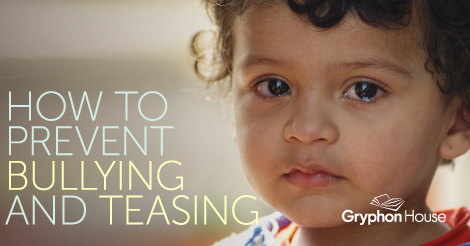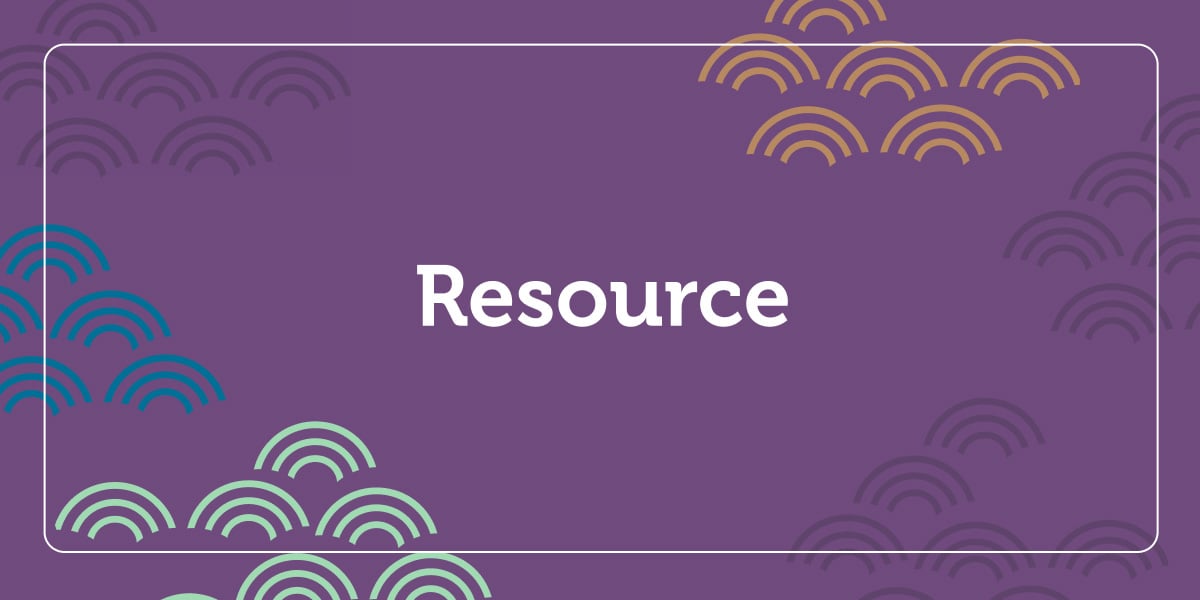
The preschool classroom is many children’s first experience with meeting other children and forming social groups with people besides those in their family. This is a crucial time for social emotional development, but as children develop socially, bullying may also occur. As young children experience social emotional learning, negative behaviors such as bullying and teasing may manifest themselves as children interact and reflect the language, cues, and behaviors of the adults they’re around.
The Anti-Bullying and Teasing Book for Preschool Classrooms is a wonderful resource for parents and teachers alike, on how to deal with negative behaviors and prevent children from becoming a bully. A positive, safe, and caring classroom environment is a crucial part of making children feel welcome and comfortable enough to learn.
Here are some ways you can prevent bullying and promote positive social emotional development in your little learners.
- It is important to help children develop problem-solving strategies to deal with teasing or bullying situations. Because the solutions children come up with need to be safe and developmentally appropriate, teachers must guide them away from using “superhero” tactics to solve problems. One good way is to base discussions and role-playing on situations that typically arise in preschool classrooms.
- Part of what children need to know in teasing or bullying situations is when to seek adult help, which requires helping them understand the difference between tattling and telling.
- Children also need to understand that words can be as hurtful as a punch, and sometimes more so.
What is Teasing?
Setting:
Materials:
Time:
What Children Will Do:
- Discuss the meaning of the word teasing
What Children Will Learn:
Vocabulary:
- About the word definition (describes what a word means)
Steps:
- Write the word, “teasing,” at the top of the chart paper. Then ask children if they can explain what teasing is. Write their ideas, in their words, on the chart paper. Be sure to write each child’s name next to his or her idea, for example, “Kaitlin thinks that teasing is calling someone names;” “Danny thinks teasing is when you laugh at someone’s clothes;” “Nina thinks teasing is when you make fun of the way someone talks.”
- When all the children have had a change to contribute, use their words to create a definition. The definition can have several parts. For example: Teasing is calling someone names or making fun of them. Teasing is a way to hurt someone using words.
- Explain to children that what they have done is create a definition, which is a way to explain what a word means.
What is Bullying?
Setting:
Materials:
- Chart paper
- Markers
- Children’s definitions of teasing
Time:
What Children Will Do:
- Create definitions of a bully
What Children Will Learn:
Vocabulary:
- What it means to be bullied
Steps:
- At circle time, briefly review the chart with definitions of the word teasing. Tell children that today they are going to create a definition for the word bully.
- Write, “What does a bully do?” at the top of the chart paper. Then ask children to say what they think a bully is, for example, someone who punches to hurt someone. Write their ideas on the chart paper, using their words and writing each child’s name next to her or his idea.
- Remind children that a definition is a way to explain what a word means.
- Once all children have had a chance to contribute to the “What does a bully do?” chart, use their words to create a definition of bullying.
Author(s)Barbara Sprung, Merle Froschl, Dr. Blythe Hinitz
Anna Wilmoth
Marketer. Publisher. Reporter. Educator. Mother. Runner. Explorer. Anna served as director of marketing for Gryphon House from Oct 2014 - May 2017.

